“新东方”话语的象征行为分析
“新东方”话语的象征行为分析摘要近年来大学英语教育存在一些怪现象,比如上课时,学生们提不起兴趣,反而热衷于课后去英语培训机构补习。笔者认为造成这种现象的其中一个比较重要的原因是:教师语言不够生动。虽然近年来大学英语教学改革取得了一些成绩但效果并不明显。新东方模式的成功应该引起高等教育的深刻反思。新东方作为中国最出名的英语培训机构之一,成了当今热门话题。不同领域的学者从各种角度围绕新东方的成功展开了讨论。而我们关注的焦点是促成学生家长们以及投资者们相信并选择新东方的关键环节——新东方话语的修辞运作过程。本文深入探讨了新东方教师语言成为一种独特语类的原因并把它分成三类进行研究,包括新东方宣传用语,...
相关推荐
-
我国基层财政困难的制度成因分析与对策研究VIP免费
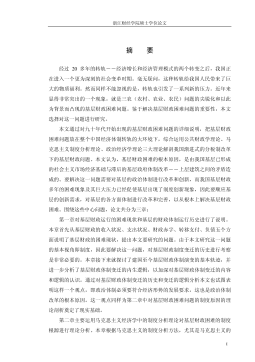
 2024-09-20 46
2024-09-20 46 -
我国煤电产业链纵向交易合约机制研究VIP免费
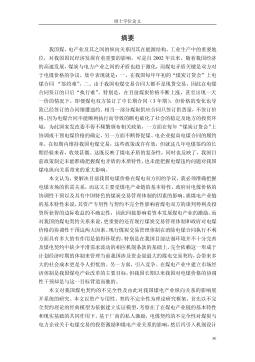
 2024-09-20 43
2024-09-20 43 -
生产要素视角下的上海市产业结构优化研究VIP免费
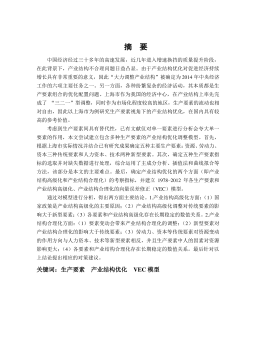
 2025-01-09 8
2025-01-09 8 -
我国银行业结构与经济结构关系研究VIP免费
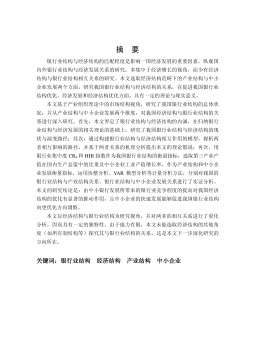
 2025-01-09 17
2025-01-09 17 -
大数据视角下农业供应链金融研究VIP免费
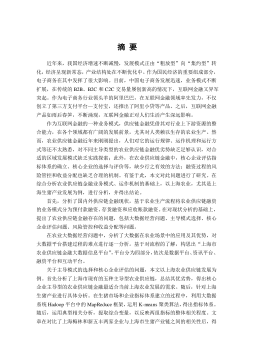
 2025-01-09 14
2025-01-09 14 -
跨国大型综合超市的规划研究VIP免费
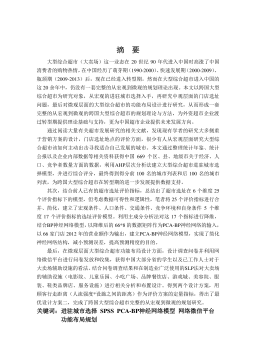
 2025-01-09 9
2025-01-09 9 -
跨境电商农产品质量安全问题研究VIP免费
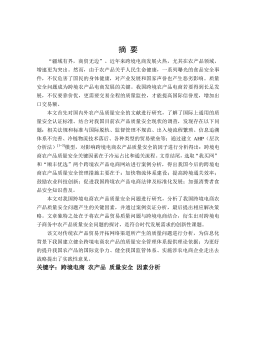
 2025-01-09 9
2025-01-09 9 -
世界市场的虚拟化与我国国际电子商务发展方向研究VIP免费
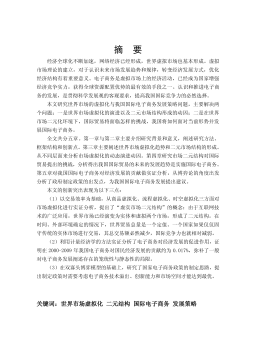
 2025-01-09 43
2025-01-09 43 -
中国政府对电力行业的价格规制问题研究VIP免费
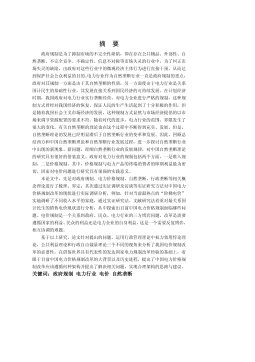
 2025-01-09 18
2025-01-09 18 -
中小企业信息化系统集成技术研究VIP免费

 2025-01-09 30
2025-01-09 30
相关内容
-

跨国大型综合超市的规划研究
分类:高等教育资料
时间:2025-01-09
标签:无
格式:PDF
价格:15 积分
-

跨境电商农产品质量安全问题研究
分类:高等教育资料
时间:2025-01-09
标签:无
格式:PDF
价格:15 积分
-

世界市场的虚拟化与我国国际电子商务发展方向研究
分类:高等教育资料
时间:2025-01-09
标签:无
格式:PDF
价格:15 积分
-

中国政府对电力行业的价格规制问题研究
分类:高等教育资料
时间:2025-01-09
标签:无
格式:PDF
价格:15 积分
-

中小企业信息化系统集成技术研究
分类:高等教育资料
时间:2025-01-09
标签:无
格式:PDF
价格:15 积分






